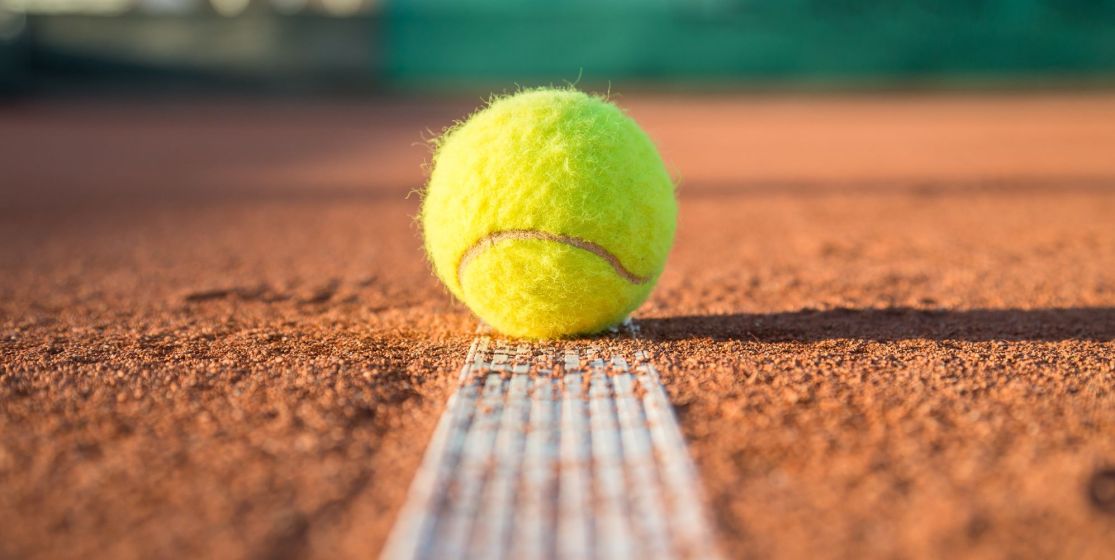After the Moscow WTA Open, we look back on the meteoric career of Anna Kournikova, who remains more famous for her physique than for her sports results. The story of a talented girl unleashed too quickly into the adult world and who got lost in the world of the “jet-set”.
"If Capriati has long been the most hip kid on the tour, Kournikova may become the new phenomenon of women's tennis." Such was the prediction of the New York Times at the beginning the U.S. Open in August 1996. At the time, the former was just returning to competition after two years off the tour after a suspension for shoplifting and possession of marijuana, while the second was indeed in full bloom.
Anna Kournikova, only 15 years old at the time, arrived on the professional tour with an excellent reputation. Born in Moscow into a family of athletes, she was, thanks to her enormous mental strength, quickly seen as a great hope of tennis. "Other girls were running and jumping better than her, but Anna was the most determined, she refused defeat," remembers her first coach at Spartak, Larissa Preobrazhenskaya. Discovered by Paul Theofanous of the prestigious agency IMG in a junior tournament, the little girl was enrolled at 10 years old into Nick Bollettieri's champions' factory in Florida. Goodbye Russia - or rather the Commonwealth of Independent States at the time - Hello America, a country she discovered with her mother.
Generation 1998 and fashion shows
Intensive training paid off. In 1995, at the age of 14, little Anna was one of world's best on the junior tour. She won the Orange Bowl, a reference tournament among young champions and made her debut in the Fed Cup. It's in this context that she played her first Grand Slam at Flushing Meadows the following year. The star-in-the-making didn't disappoint, passing three rounds before losing against Steffi Graf, her idol and 12 years his senior. The biggest riser of the year in the rankings, she went from the 299th to the 56th place. In 1997, "Kourni" made it to the Wimbledon semi-finals, where she was defeated by Martina Hingis. Her progression seemed unstoppable. Anna Kournikova also continued to progress the following year, rising up to the 8th place in the world and dominating opponents like Hingis, Graf and Davenport, the best at the time.
She didn't know it yet, but 1998 marked the peak of her sporting career. Her aggressive game and her fitness gave her everything it takes to succeed. However, an incident disrupted the course of a hitherto-uninterrupted career. She won a scrappy victory against Steffi Graf in the quarter-finals of the Eastbourne tournament, but in doing so accidentally broke her thumb, which forced her into a period of convalescence. Away from the courts, the beauty started to flirt dangerously close to the catwalks. Because Kournikova had everything of the standard of beauty: a tall, blonde athlete with a glowing face. The non-sporting solicitations multiplied. Returned to competition in 1999, she was no longer moving forward. She was playing a high-risk game with too many errors, especially since she was no longer able to serve like before her injury.
"I'm like a menu in a great restaurant"
Unable to win in singles, she turned to doubles, where success was waiting for her: Australian Open champion in 1999 and 2002 with, sandwiched between the two, a prosperous year in 2000 and six trophies, including one with the Frenchwoman Julie Halard, who was worried about the lifestyle of her partner. "If Anna wants to move forward,” she said at the time, “she would need a better program, with periods of 100% rest." This was far from the case. She was seen in the Farrelly Brothers' movie Me, Myself & Irene, on the cover of Sports Illustrated, in the arms of a pro hockey player, then another, and finally those of Enrique Iglesias. The Kournikova madness was underway and pretty Anna started to feel dizzy. "I'm like a menu at a great restaurant, you can look at it but you can't afford it” she laughed.
The young Russian was, in 2001, the highest paid tennis player in the world, earning more than $10 million. From her play on the tennis court, she collected a little less than 1 million, the rest came from multiple and generous sponsors: Adidas, Yonex, Berlei .. She was also one of the first superstars of the Internet, her name appearing at the top of Google searches. Anna Kournikova, the sexiest woman in the world according to FHM in 2002, multiplied injuries and coaches, went down to the 305th in the world in singles the following year, before finally hanging up her racquet in 2004, not yet even 23 years old.
By Régis Delanoë






